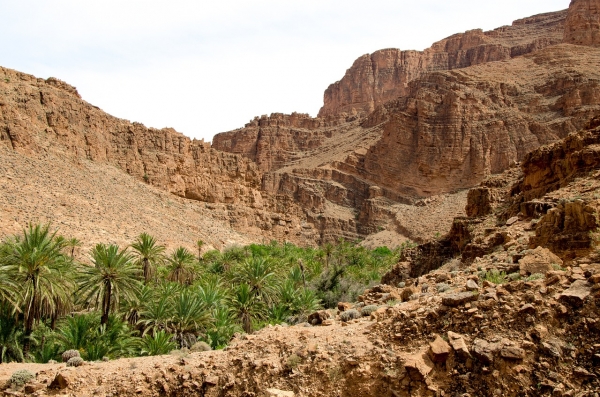Humans have artificially expanded many of the world’s oases, but the water-intensive practice is often not sustainable.
Humans have artificially expanded many of the world’s oases, but the water-intensive practice is often not sustainable. Desertification has already led to the loss of about 52,000 square miles of oasis — and more Will likely disappear.
Oases are important habitats and water sources for dryland regions, sustaining 10% of the world’s population despite taking up about 1.5% of land area. But in many places, climate change and anthropogenic activities threaten oases’ fragile existence. New research shows how the world’s oases have grown and shrunk over the past 25 years as water availability patterns changed and desertification encroaches on these wet refuges.
“Although the scientific community has always emphasized the importance of oases, there has not been a clear map of the global distribution of oases,” said Dongwei Gui, a geoscientist at the Chinese Academy of Science who led the study. “Oasis research has both theoretical and practical significance for achieving United Nations Sustainable Development Goals and promoting sustainable development in arid regions.”
The study found that oases around the world grew by more than 220,149 square kilometers (85,000 square miles) from 1995 to 2020, mostly due to intentional oasis expansion projects in Asia. But desertification drove the loss of 134,300 square kilometers (51,854 square miles) of oasis over the same period, also mostly in Asia, leading to a net growth of 86,500 square kilometers (about 33,400 square miles) over the study period.
Read more at American Geophysical Union
Photo Credit: Manuel_Edelmann via Pixabay




